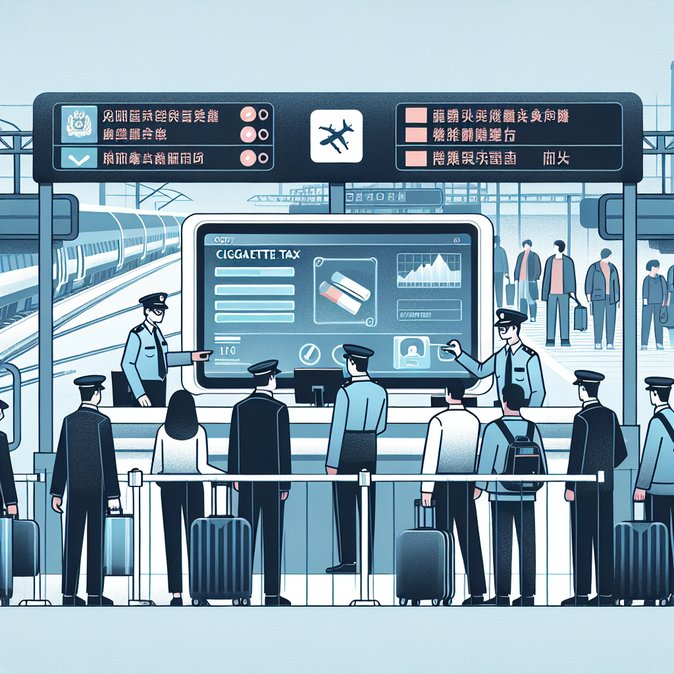
Hong Kong Customs has moved into Phase 2 of its Pilot Run for the new Duty Stamp System, extending trials to three busy passenger control points—Lo Wu, Heung Yuen Wai and the West Kowloon high-speed-rail terminus—effective 17 November. Travellers carrying more than the duty-free allowance of cigarettes must now have trial holographic stamps affixed to each pack upon payment of tobacco tax.
Mobility relevance: Although focused on excise enforcement, the scheme directly affects frequent flyers and cross-border rail passengers, particularly expatriates and aircrew who routinely import speciality tobacco products. The additional stamping step could add five minutes to red-channel processing during peak hours.
Technology angle: The enhanced stamps incorporate thinner paper stock and holograms readable by handheld scanners already deployed at e-Channel exits. Customs officers will collect user-experience data, which will inform final design before citywide rollout in mid-2026. Once fully implemented, the system will allow officers at any checkpoint—including airport departure gates—to verify duty payment instantly, reducing manual receipt checks.
![Duty-stamp pilot expands to land borders and West Kowloon Station, tightening checks on traveller-imported cigarettes]()
Compliance tips: • Mobility managers should alert inbound assignees of the interim process and encourage them to purchase cigarettes locally until full automation is in place. • Carriers operating duty-free sales on Hong Kong-bound flights should brief cabin crew to display printed duty-stamp instructions alongside landing cards. • Employers should update travel-expense policies, as reimbursable tobacco purchases may need documented proof of stamp affixation.
Wider context: The pilot aligns with Hong Kong’s commitment to the WHO Framework Convention on Tobacco Control. By linking excise data to immigration checkpoints, authorities aim to deter the so-called “white van” parallel-trading networks that often exploit day-trip visas.
Next steps: Customs will hold industry briefings in December and may open a fast-track e-payment lane for APEC Business Travel Card holders if initial congestion proves manageable.
Mobility relevance: Although focused on excise enforcement, the scheme directly affects frequent flyers and cross-border rail passengers, particularly expatriates and aircrew who routinely import speciality tobacco products. The additional stamping step could add five minutes to red-channel processing during peak hours.
Technology angle: The enhanced stamps incorporate thinner paper stock and holograms readable by handheld scanners already deployed at e-Channel exits. Customs officers will collect user-experience data, which will inform final design before citywide rollout in mid-2026. Once fully implemented, the system will allow officers at any checkpoint—including airport departure gates—to verify duty payment instantly, reducing manual receipt checks.

Compliance tips: • Mobility managers should alert inbound assignees of the interim process and encourage them to purchase cigarettes locally until full automation is in place. • Carriers operating duty-free sales on Hong Kong-bound flights should brief cabin crew to display printed duty-stamp instructions alongside landing cards. • Employers should update travel-expense policies, as reimbursable tobacco purchases may need documented proof of stamp affixation.
Wider context: The pilot aligns with Hong Kong’s commitment to the WHO Framework Convention on Tobacco Control. By linking excise data to immigration checkpoints, authorities aim to deter the so-called “white van” parallel-trading networks that often exploit day-trip visas.
Next steps: Customs will hold industry briefings in December and may open a fast-track e-payment lane for APEC Business Travel Card holders if initial congestion proves manageable.








